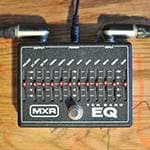Suddenly, please press any chord you know.
It can be C, Am, B♭, or anything else.
If you don’t have an instrument on hand, either imagine a chord diagram or picture yourself pressing the chord.
If you know even one chord, you probably managed to press it.
Now, here's where the real topic begins.
"Starting from the 4th string, pluck each one and say what note is sounding."
If you could answer right away, that’s fantastic.
If you have no idea, let’s learn the basics of chords in this article.
Chord Basics
Think back to when you were tuning. You probably saw not just a needle on the tuner screen, but also letters.
Most likely, it showed G for the 4th string, C for the 3rd, E for the 2nd, and A for the 1st.
G is Sol, C is Do, E is Mi, and A is La.
When you strum from the 4th string, it goes Sol-Do-Mi-La—this is the standard tuning of the ukulele.
Make sure to memorize this part perfectly.
If you remember this, even without a tuner, you can tune correctly by having another instrument play Sol-Do-Mi-La for you! (It takes practice and experience.)
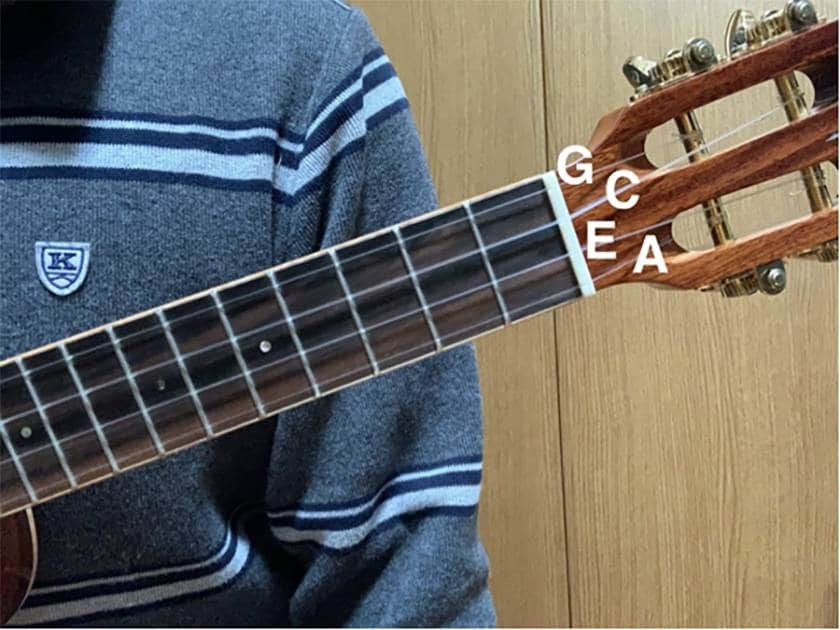
To get straight to the point: a chord is a harmony made up of three or four notes.
Questions like “What about exceptions or power chords?” aren’t necessary at this stage.
Whether it’s Do-Re-Mi, Do-Mi-Sol, or La-Fa-Re—anything is fine.
As long as you’re sounding three notes, you’re forming a chord.
Now, let’s use the easy-to-understand C chord as an example.
Try playing a C chord by pressing the 3rd fret on the 1st string.
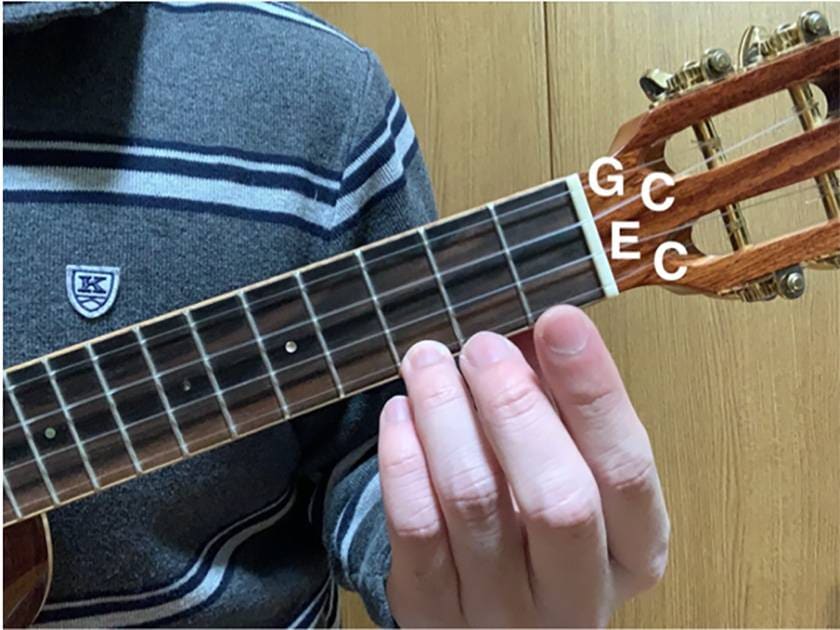
Let’s check what notes are sounding from the 4th string.
The 4th string is G, the 3rd string is C, and the 2nd string is E—if you remember your tuning, this should make sense so far.
Now, what about the 3rd fret on the 1st string?
The answer is: it’s a C note.
The note on the 1st string, 3rd fret is an octave above the C on the 3rd string—but it's still a C note.
So, when playing the C chord, you're sounding G (Sol), C (Do), E (Mi), and another C (Do).
You're strumming four strings, but the actual notes are just Do, Mi, and Sol.
Playing C, E, and G makes a C chord.
Now, let’s check the Am chord.
Play the Am chord by pressing the 2nd fret on the 4th string.
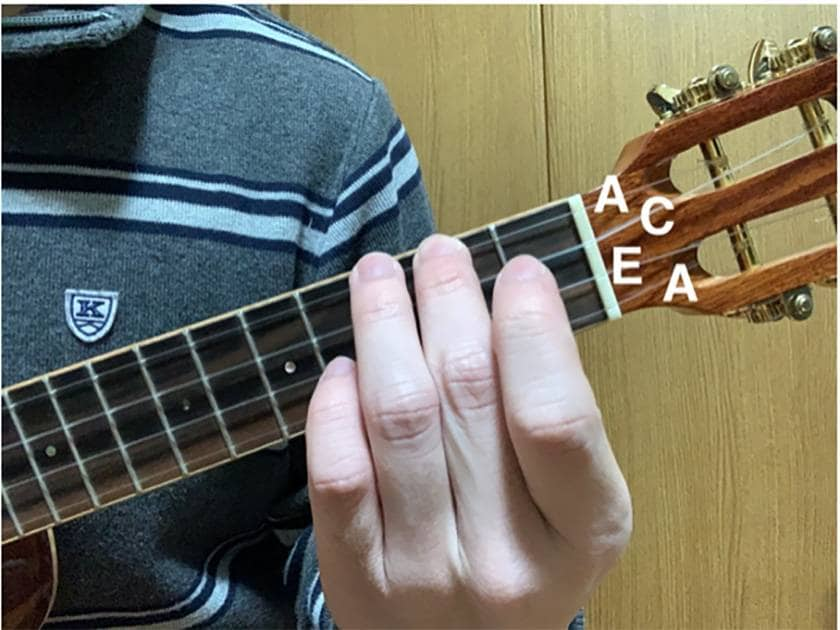
All strings except the 4th remain the same as in standard tuning.
Now, what note do you think you get when you press the 2nd fret on the 4th string?
The correct answer is A.
So, you’re playing:
4th string – A (La)
3rd string – C (Do)
2nd string – E (Mi)
1st string – A (La)
The 4th and 1st strings are both A.
Playing A, C, and E gives you an Am chord.
Here’s where a common question comes up:
“I kind of understand the four notes I’m hearing. But why does A have an ‘m’ for minor?”
This is a very frequently asked question—but it’s not so easy to answer clearly.
Music theory books often say, “It’s minor because the third is a minor third.”
But… what’s a ‘third’ or a ‘minor third’ supposed to mean!?
Let me explain it in a super simple and easy-to-understand way.
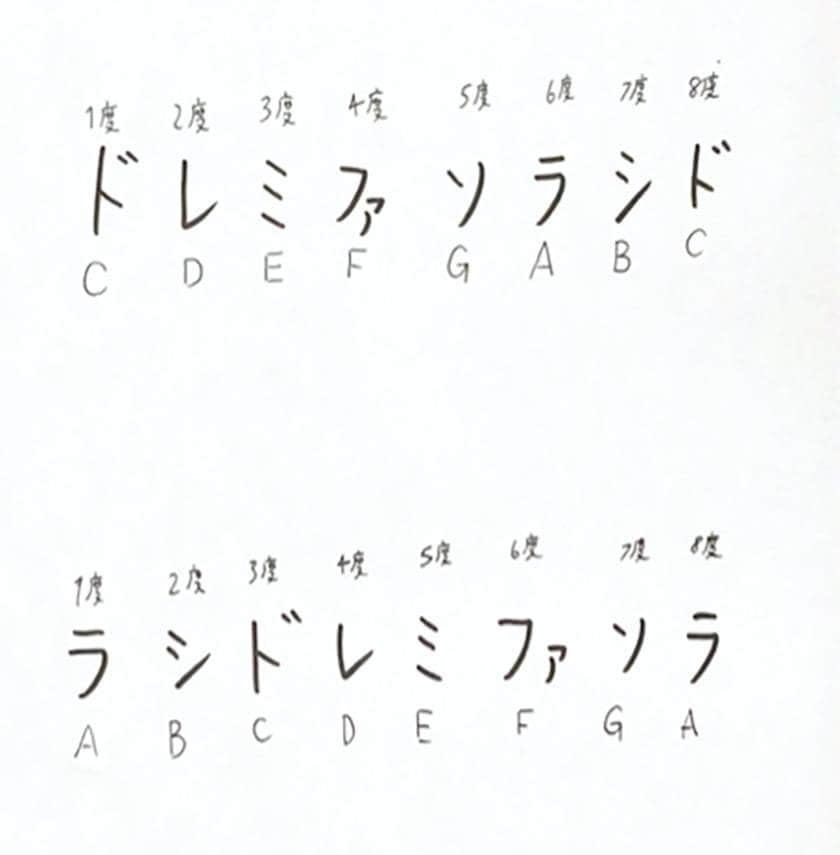
Counting from Do to Do gives you the same note—this is called the 1st (or "unison").
In board games, you usually start counting after you move: 1, 2, 3…
But in music, you count the starting note as 1.
The next note is 2, the one after that is 3, and so on.
So:
From Do to Re = 2nd
From Do to Mi = 3rd
In the same way:
From La to Si = 2nd
From La to Do = 3rd
Starting to get the hang of how to count intervals?
Now here’s the important part:
Even though two notes may both be called a “3rd,” the distance between them can slightly differ.
This is where the terms major 3rd (長3度) and minor 3rd (短3度) come in.
A major 3rd gives you a major chord.
For example, Do to Mi is a major 3rd.
Exactly—since Do to Mi is a major 3rd, C becomes a major chord (C major).
On the other hand, a minor 3rd makes a minor chord.
La to Do is a minor 3rd,
which means A becomes a minor chord—Am (A minor).
There are other ways to describe that distance too—for example, by counting how many half steps there are between notes.
But since this article is aimed at beginners, we won’t go too deep into that.
For now, it’s enough to understand this simple idea:
“Chords can be major or minor, and that depends on the distance of the 3rd interval.”
That level of understanding is perfectly fine to start with!
Summary
We’ve gone over how chords are constructed and what makes major and minor chords different.
If this changes even a little bit how you see the chords you usually play without thinking—congrats, that’s a big step forward!
And good news for those who feel like there's just too much to remember:
Once you learn these kinds of basic theories and rules, you'll be able to memorize chords way faster.
Because you’ll be able to build chords on your own.
Change the 3rd of a C chord, and you get Cm.
Change the 3rd of an Am chord, and you get A major.
Even without looking at a chord book, once you understand these kinds of theories and rules, you’ll be able to create chords yourself.
To get there, it’s a good idea to start by memorizing the tuning of the open strings and making it a habit to think about what note you’re actually pressing.
Of course, one of the great things about the ukulele is that you can enjoy playing it without knowing any of this theory.
But if you plan to stick with it and play a wide range of songs, this knowledge will definitely come in handy.
Thanks so much for reading to the end!
The “sound & person” column is made up of contributions from you.
For details about contributing, click here.





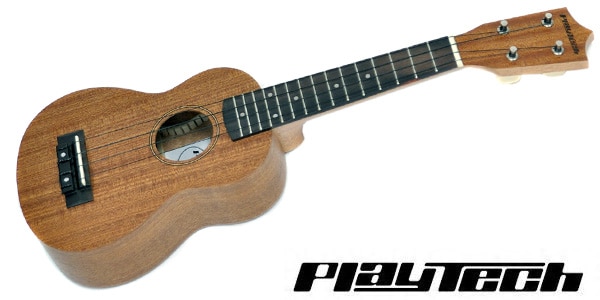
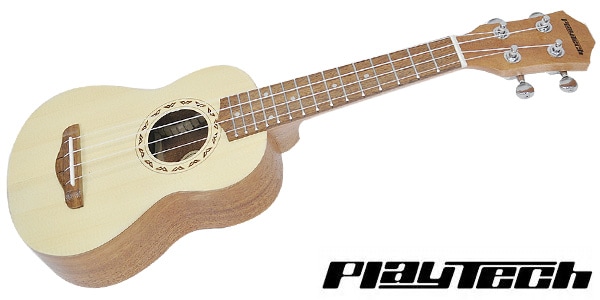



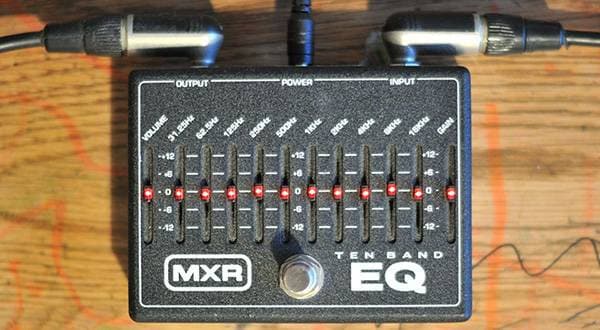


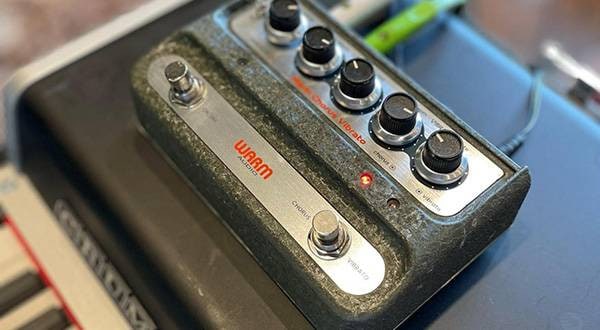
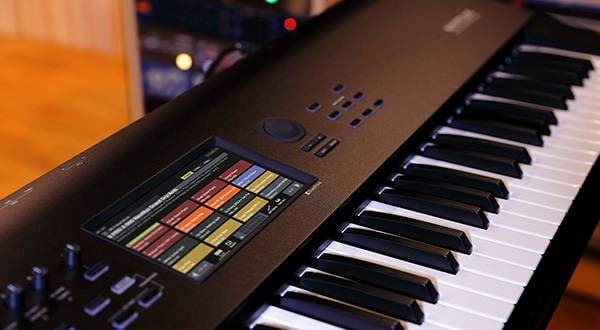
![[Enjoy the Ukulele Even More!] What Exactly is a Scale?](/contents/uploads/thumbs/5/2022/1/20220107_5_16092_1.jpg)
![[Enjoy the Ukulele Even More!] Tips for Playing Your Own Accompaniment](/contents/uploads/thumbs/5/2021/12/20211230_5_15993_1.jpg)
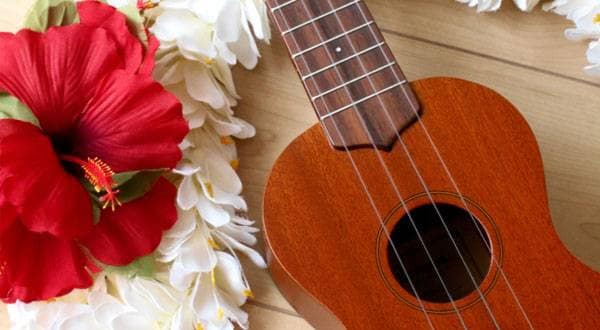

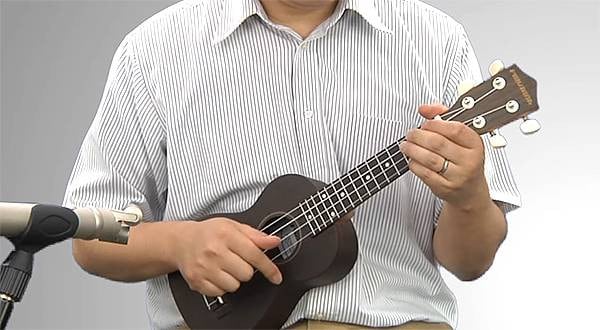
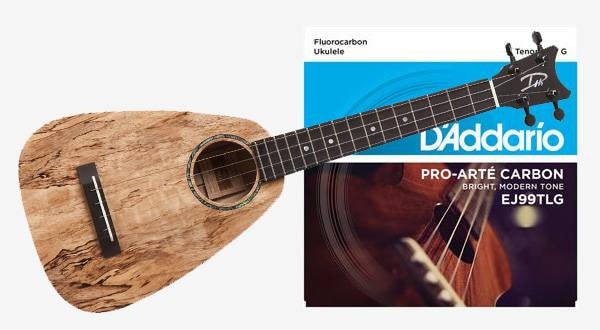
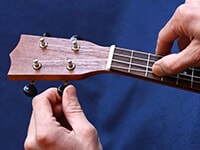 ウクレレのチューニング方法
ウクレレのチューニング方法
 みんなでつくる 新・音楽用語事典
みんなでつくる 新・音楽用語事典
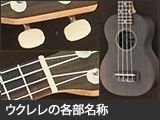 ウクレレの各部名称
ウクレレの各部名称
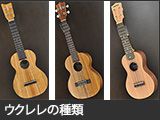 ウクレレの種類
ウクレレの種類
 ウクレレスタートガイド
ウクレレスタートガイド
 ウクレレ初心者講座
ウクレレ初心者講座
